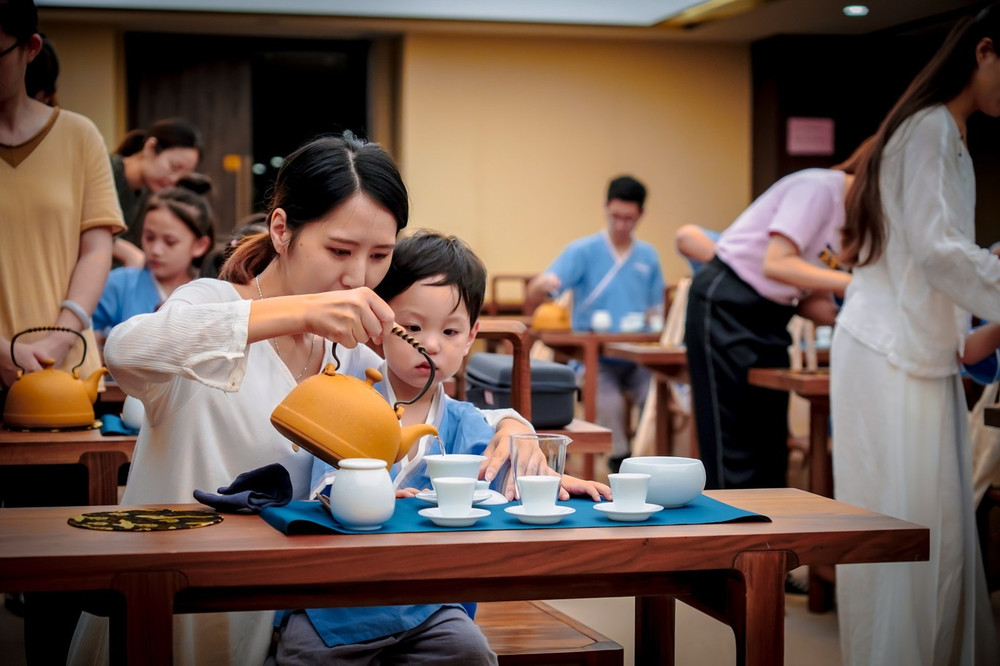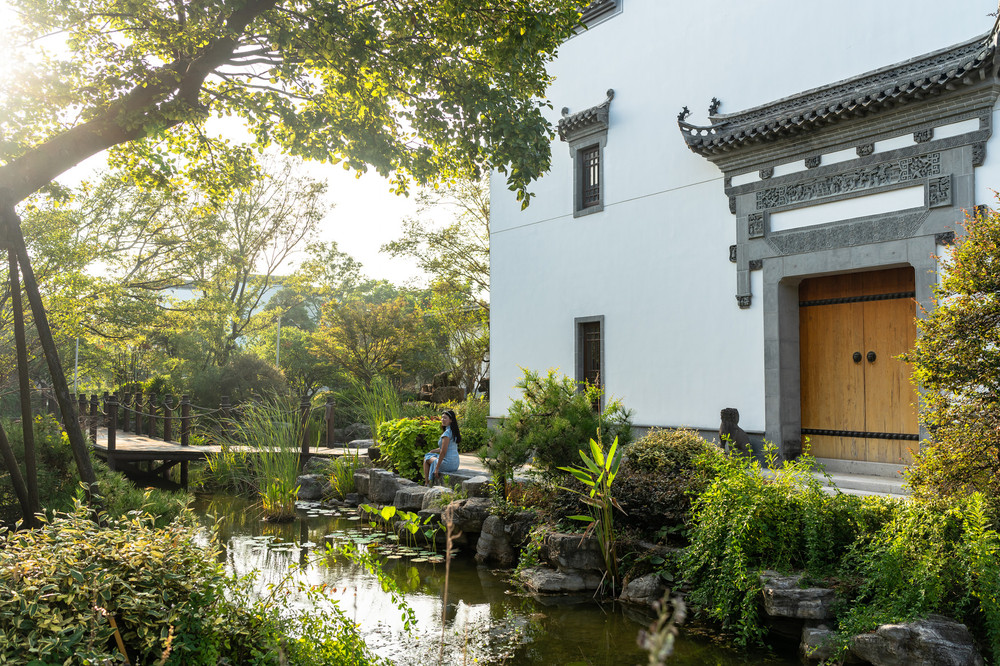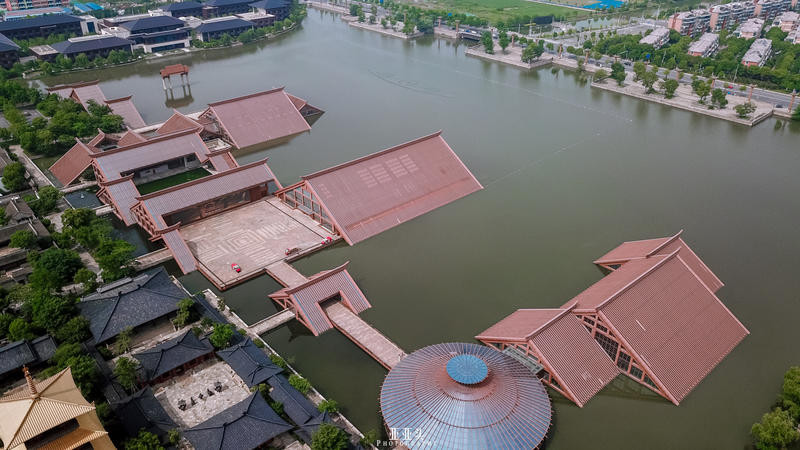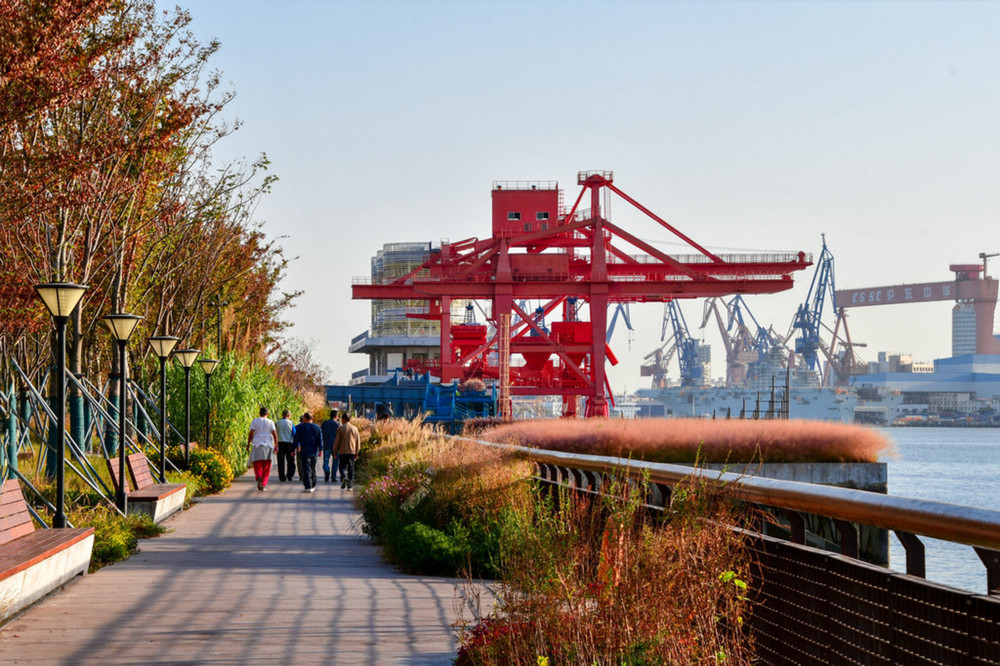Published on November 26, 2022, at 16:15.
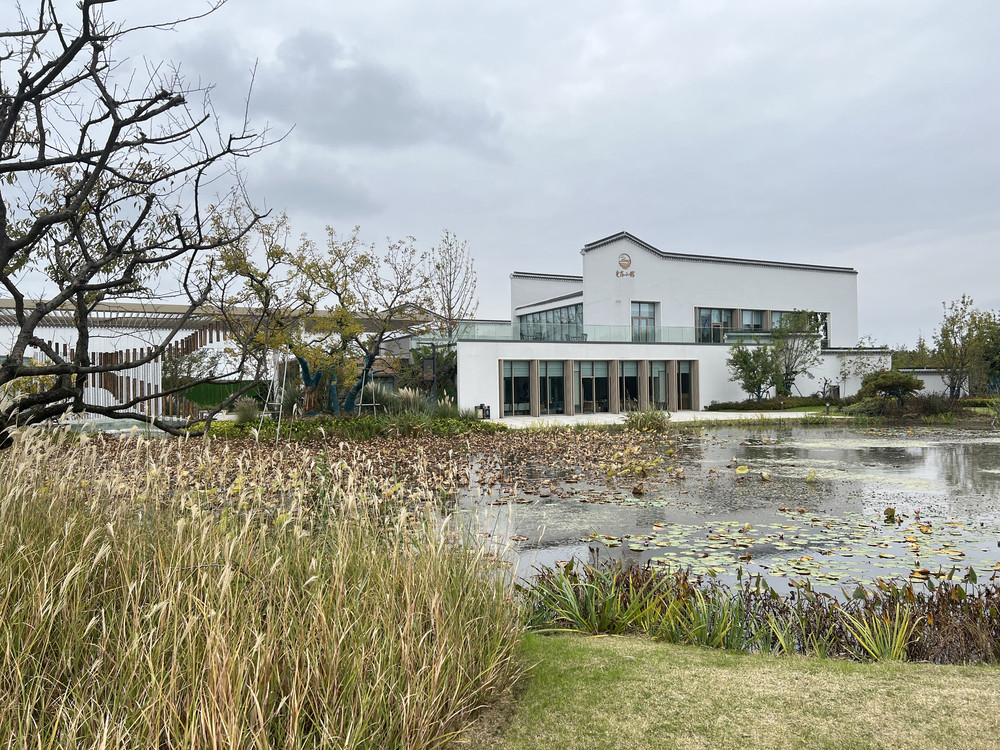
If you want to buy an old house, will you choose the simple and honest Luxu Ancient Town in Wujiang or the secluded and peaceful Jinze Ancient Town in Qingpu? Sentiment or investment? Although choice is more important than effort, your state of mind and personality at that time determine the choice you make.
Yuandang Lake – Luxu Ancient Town – Jinze Ancient Town – Qingpu Countryside Park. Due to the relatively serious epidemic situation in Shanghai this year, it has been recurring. The places I have always wanted to go have been put on hold. Mainly because I am afraid of the helplessness and frustration of being quarantined in an unfamiliar environment. Seeing a friend participate in a four-day and three-night Gobi hiking trip in Dunhuang. She changed flights twice and was quarantined in a hotel for three days and many other uncertain factors. She still flew there without hesitation. She has always been very brave, very confident, and daring to explore and take risks. In fact, many factors lie in one’s own heart. Many fears limit impulsive thoughts.
When a former colleague invited me to go to Wujiang to see his old house, I readily agreed. Thus, there was this ancient town trip on November 4, 2022. Wujiang, which is about an hour’s drive from Shanghai, has ‘seven major towns’: Luxu, Songling, Pingwang, Shengze, Zhenze, Tongli, and Lili (now belonging to Fenhu High-tech Industrial Development Zone). And my exploration trip is Luxu Ancient Town.
The origin of the name Luxu: Lu means reed. Xu means village. Ancestors lived by the reeds and formed a village. Luxu is located in the east of Wujiang District. It is bordered by the Taipu River in the north, the Nanzha Port in the south. It faces Zhejiang Province across Luxu Pond. It is bordered by Fenhu Lake in the west and Huaizi Port in the east. Luxu has a long history. Fenhu Lake in the west of the town. Because the lake was divided in half during the Spring and Autumn Period and the Warring States Period. The south half is in the territory of Jiahe, and the north half is the ruins of Songling. Hence the name. Now it is called Fenhu Lake. ‘Our Wu is originally a water town with countless lakes and ponds.’ Fenhu Lake, Sanbaidang Lake, Dajudang Lake, Yuandang Lake, Donggudang Lake, and Hanlangdang Lake surrounding Luxu are all famous lakes with a long history.
Yuandang Lake. Listening to the Wind in Yuandang Lake: This is the transformation of the original sluice station. Due to the terrain and structure, there is often a whistling wind in this area. Hence, the sluice station is named Listening to the Wind. The willows are graceful. The slow-walking landscape bridge over Yuandang Lake: The first pedestrian bridge across provincial boundaries realizes the pedestrian crossing between Qingpu District of Shanghai and Wujiang District of Jiangsu. Yuandang Lake, also known as Yuandang Lake, Ruandang Lake. It is named after the shape of the lake surface resembling a soft-shelled turtle. It is a border lake between Wujiang District of Suzhou and Qingpu District of Shanghai. It was originally a bay of Dianshan Lake. Later, it became a subsidiary lake of Dianshan Lake due to the siltation of reed beaches. The total area is 12.9 square kilometers. The lake area within Wujiang District is 9.93 square kilometers, and the lake area within Qingpu District is 2.97 square kilometers.
The cross-street buildings in Luxu Ancient Town, also known as riding street buildings, were built from the middle of the Qing Dynasty to the Republic of China and consist of a group of buildings. The riverside buildings and shops span across the riverbanks, connected to the residential buildings, forming verandas, water pavilions, and river docks, which is how Luhu’s cross-street buildings got their name and also created the architectural characteristics of the ancient water town. According to a friend, this house was purchased by a Shanghai painter as a studio. The old appearance of the house reminds one of the homes from the 80s and 90s, when it was popular to paste Hong Kong star posters and awards on the walls. Inside the old house: wooden stairs, old keys, and other antique items. With the development of new technology, some old crafts are gradually fading from sight. Leisurely residents play mahjong and chat, with seasonal water chestnuts, pumpkins, and sweet potatoes at the doorstep. In the countryside, one must buy some local specialties.Shangtang Street and Xiatang Street are distributed along the river. Historical records show that Jinze had ‘forty-two rainbow bridges’ in ancient times, and people lived by the river with bridges at their doorsteps. ‘The powder wall and the wind bamboo move, the water alley and the small bridge are connected, and the bridge town’s artistic conception is wonderful.’
The Jinze Tang water area that traverses the ancient town has ancient bridges that span the Song, Yuan, Ming, and Qing dynasties, with diverse forms.
Wan’an Bridge is the largest stone bridge in Jinze, named after the poem ‘May the world be peaceful forever, with favorable weather and harvests. May the people live in peace and prosperity, with abundant crops.’ Wan’an Bridge spans the city river and was built during the Jingding period of the Song Dynasty.
Pu Ji Bridge: a single-hole stone arch bridge with a large arch circle, a narrow bridge deck, and a gentle slope, featuring the characteristics of Song Dynasty bridges. The top circle of this bridge’s stone arch is engraved with ‘Xian Chun three years,’ and due to fewer repairs through the ages, it is entirely made of purple sandstone.
Ruyi Bridge: an arc-shaped single-hole stone bridge, 20.8 meters long and 3.2 meters wide, made of uniformly chiseled granite, with the bridge arch reflecting in the clear water, forming a virtual and real connection, just forming a circle. There is a poem that says: ‘The distant painting of the horizontal bridge is like a dragon swimming, and the pearl shadow falls into the long river.’ Due to its relatively recent reconstruction, it has a new look and is also the most well-preserved stone arch bridge among the existing ancient bridges in Jinze.
Yingxiang Bridge is a rare Yuan Dynasty bridge in Jiangnan, with a simple and ancient style, a six-column five-hole beam stone bridge. Yingxiang Bridge has a unique shape, and the bridge materials use a combination of bricks, wood, and stone. The bridge columns are made of bluestone, and the stone columns are supported by beam stones as horizontal beams, with dense nanmu wood on top. The bridge deck on both sides and the outer side is covered with water-polished square bricks to protect the wooden beams. It is a beam-style five-hole brick and stone bridge, 34 meters long and more than 2 meters wide. The bridge deck has no railings and is a typical Yuan-style bridge, marking the characteristics of bridges after the establishment of the Yuan Dynasty.
Fang Sheng Bridge: Built in the Ming Dynasty, it is also called Zongguan Bridge because of the Bridge Zongguan Temple. Fang Sheng Bridge is a Buddhist term that promotes human kindness and love.
Jinze Yihao Temple: Built in the Southern Song Dynasty and prosperous in the Ming and Qing Dynasties, it is located north of Puji Bridge. In the Yuan Dynasty, it became a famous Jiangnan Buddhist temple. The old photos hanging on the wall at No. 62 Shangtang Street tell the past. The small and quiet courtyard by the river. At sunset, the guard does not allow entry, so one can only take pictures outside as souvenirs.
Summary: After returning to China that year, I worked for two years in an Italian company by Xicen Dianshan Lake. Due to work needs, I went to Jinze Town to handle affairs from time to time. I had never visited it for fun. After more than ten years of development, it is now a well-known tourist area. I have always been thinking about it. This time, an ex-colleague invited me to go together, and I readily agreed without hesitation. Only after this trip did I understand why he has a unique affection for the old houses in that area. Because his parents are fishermen and have no fixed place to live. But he himself had to study and later changed his destiny. He was admitted to Fudan University. When his economic conditions were better, he thought about buying an old house. Under the circumstances at that time, he bought one in Wujiang. As far as I know, he has always been in a large company among the top 500 and has a CPA certificate. The treatment is good. But he is naturally conservative. If he had a long-term vision, it would be different if he bought a house in Jinze. However, for him, there is more sentiment for old houses. Life is a continuous process of making choices. If one has foresight and courage, the result will be very different. Choice is greater than effort!






